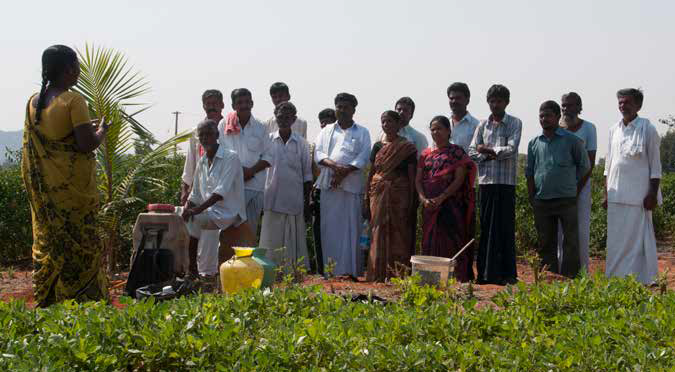
A commodity basis is simply the difference between a local cash price and the relevant futures contract price for a specific time period. One can define commodity basis for a specific commodity basis as:
Basis = Cash Price - Futures Price
Where Cash Price is the cash price for a specific commodity at a given location, while Futures Price is the relevant futures price for that commodity. It should be noted that a commodity basis serves as an important tool for producers and agribusinesses for making production, forward pricing, hedging, and storage decisions. For example, the spot price of Soybean at Indore is Rs.7150/qtl while the July contract of NCDEX Soybean is trading at Rs.7030/qtl. Here the basis will be +120 or a positive basis.
Basis Risk Management:
Basis risk management in the simplest sense is protection against the possibility or risk of incurring losses due to unexpected price fluctuations. The Basis tends to follow historical seasonal patterns therefore a producer or agribusiness person is able to make better management decisions and reduce risks involved in those decisions, by understanding these patterns.
A negative value shall imply that the cash price is below the futures price, while a positive basis value will be indicative of cash prices hovering above the futures price. A basis that becomes more positive or less negative over time is said to narrow or strengthen. Similarly, A weakening or widening basis reflects that the basis is turning less positive or more negative over time.
For most commodities, basis information becomes useful for assessing current local demand status. Therefore, if the basis is weakening then it will indicate that the market doesn't want a particular commodity now, but the market may or may not want it later. On the other hand, a strengthening basis shall indicate the market wants to consume the commodity now.
For hedging using the futures, knowledge of the basis becomes essential. The hedger prefers for the basis to weaken for a long hedge position. This implies that the hedger shall have to pay less in the cash market relative to the futures market and may gain more from the position taken in the futures market. In the case of a short hedge strategy, the hedger gains from a strengthening basis i.e. the hedger realizes a cash price increase relative to the futures price and may gain more from their position taken in the futures market. Basis normally tends to vary over time and within a marketing year for grains, oilseed crops.
Agriculture producers and agribusinesses are often confronted by business-related decisions like what price to expect, which crop to be planted, given the known input costs and expected harvest time prices, or should one store the crop and sell later, etc. Agribusinesses must also have to determine price expectations to know what forward price to offer. Commodity futures exchange markets facilitate the mechanism for price discovery on an aggregate level through arbitrage between multiple buyers and sellers.
Stay tuned to get further insight on how agricultural producers, traders, or agribusiness enterprises can minimize risk through a change in the basis, in forthcoming articles











